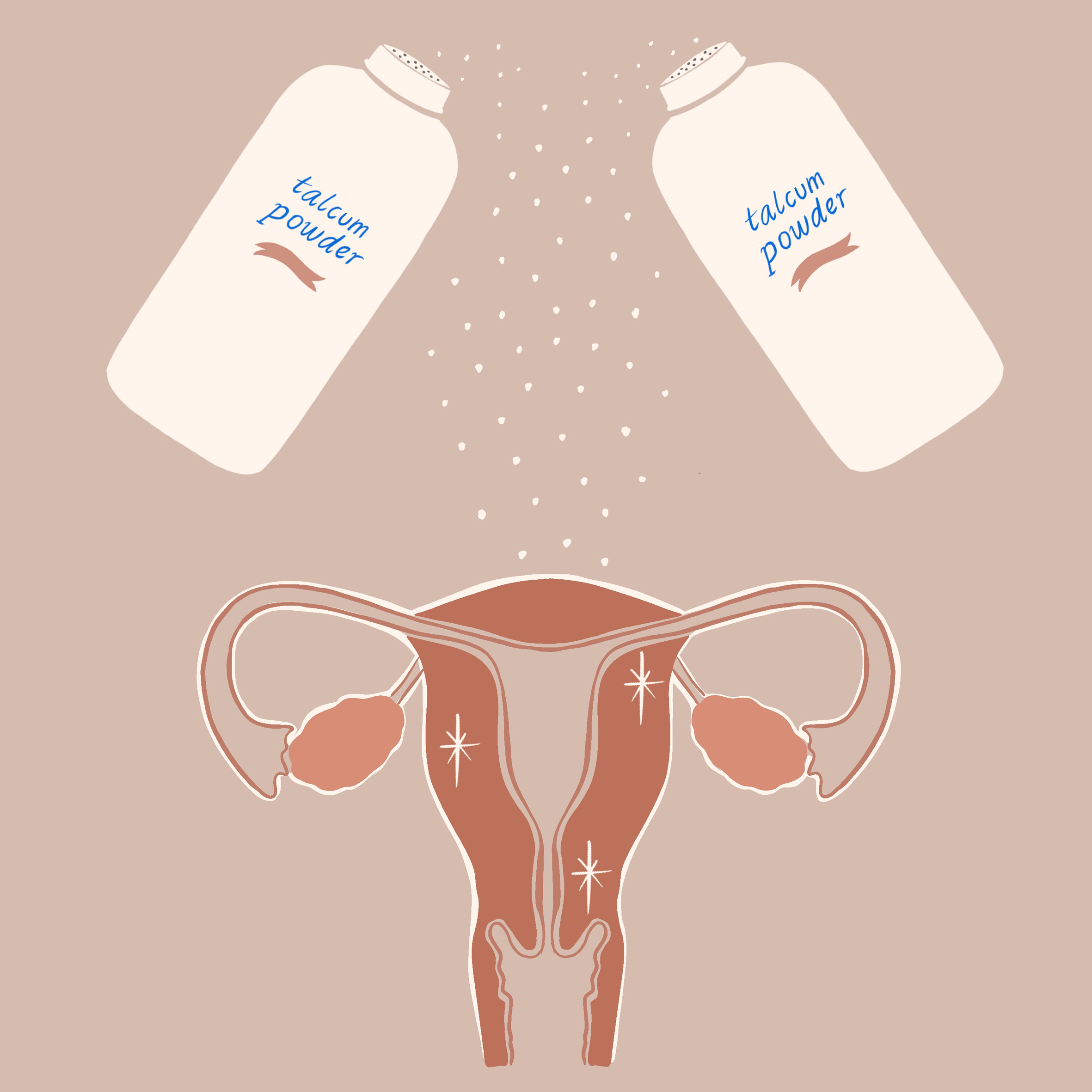The 3rd Circuit of Appeals has rejected J&J subsidiary LTL Management’s claims of bankruptcy, reopening the possibility of talcum powder cases returning to the courts. In a 56-page opinion acquired by Law360, judges for the 3rd Circuit, Thomas L. Ambro, L. Felipe Restrepo and Julio M. Fuentes detailed how LTL’s bankruptcy was not filed in good faith and could not proceed.
LTL Management was initially created by J&J using a process called a divisive merger. This process allowed J&J to reincorporate into two different companies, with all of the corporation’s talc liability being relegated to LTL Management. Days after it was formed, LTL was placed into bankruptcy, completing a corporate maneuver derided as the “Texas two-step.”
Plaintiffs who had filed suit over J&J’s allegedly tainted talc decried the move as a transparent attempt to shut down talc litigations and deny the victims their rightful compensation. After the bankruptcy court initially upheld the decision, the 3rd Circuit Court has not issued a new ruling that the lower court had erred in accepting that the LTL bankruptcy was filed in good faith.
According to the circuit panel, “Good intentions—such as to protect the J&J brand or comprehensively resolve litigation—do not suffice alone. What counts to access the Bankruptcy Code’s safe harbor is to meet its intended purposes.”
The circuit court stated that in order to measure whether a bankruptcy proceeding is being filed in good faith, two questions must be answered: does the petition serve a valid purpose and is it being filed to obtain a tactical litigation advantage?
The key to the circuit court’s decision about whether the bankruptcy was made in good faith hinged on whether LTL was in “financial distress.” According to court precedent, “a debtor who does not suffer from financial distress cannot demonstrate its Chapter 11 petition serves a valid bankruptcy purpose supporting good faith.”
Even in cases where the debtor is facing large amounts of litigation, if the company demonstrates “strong financial health,” they are not in financial distress.
While LTL Management is facing a large amount of litigation, the value and quality of its assets, which include a roughly $61.5 billion payment right against J&J and New Consumer make the claim of financial distress impossible. According to the 3rd circuit panel, the ability of LTL to draw on the “highly creditworthy counterparties” of their parent company means that even if LTL was to face billions of dollars in verdicts, it would be able to access the necessary funds to resolve those verdicts and remain in business.
This explicitly outlined ability to funnel money from the larger, more financially powerful parent company is the overlooked fact that the lower bankruptcy court “hardly considered.” In their decision regarding whether LTL Management was in financial distress, the judges wrote, “The theme is clear: absent financial distress, there is no reason for Chapter 11 and no valid bankruptcy purpose.” The judges added that “while LTL faces substantial future talc liability, its funding backstop plainly mitigates any financial distress foreseen on its petition date.”
In their closing statement, the justices said, “Our decision dismisses the bankruptcy filing of a company created to file for bankruptcy.” Johnson & Johnson has reacted to the 3rd Circuit’s decision by announcing its intent to appeal the decision to the Supreme Court.
